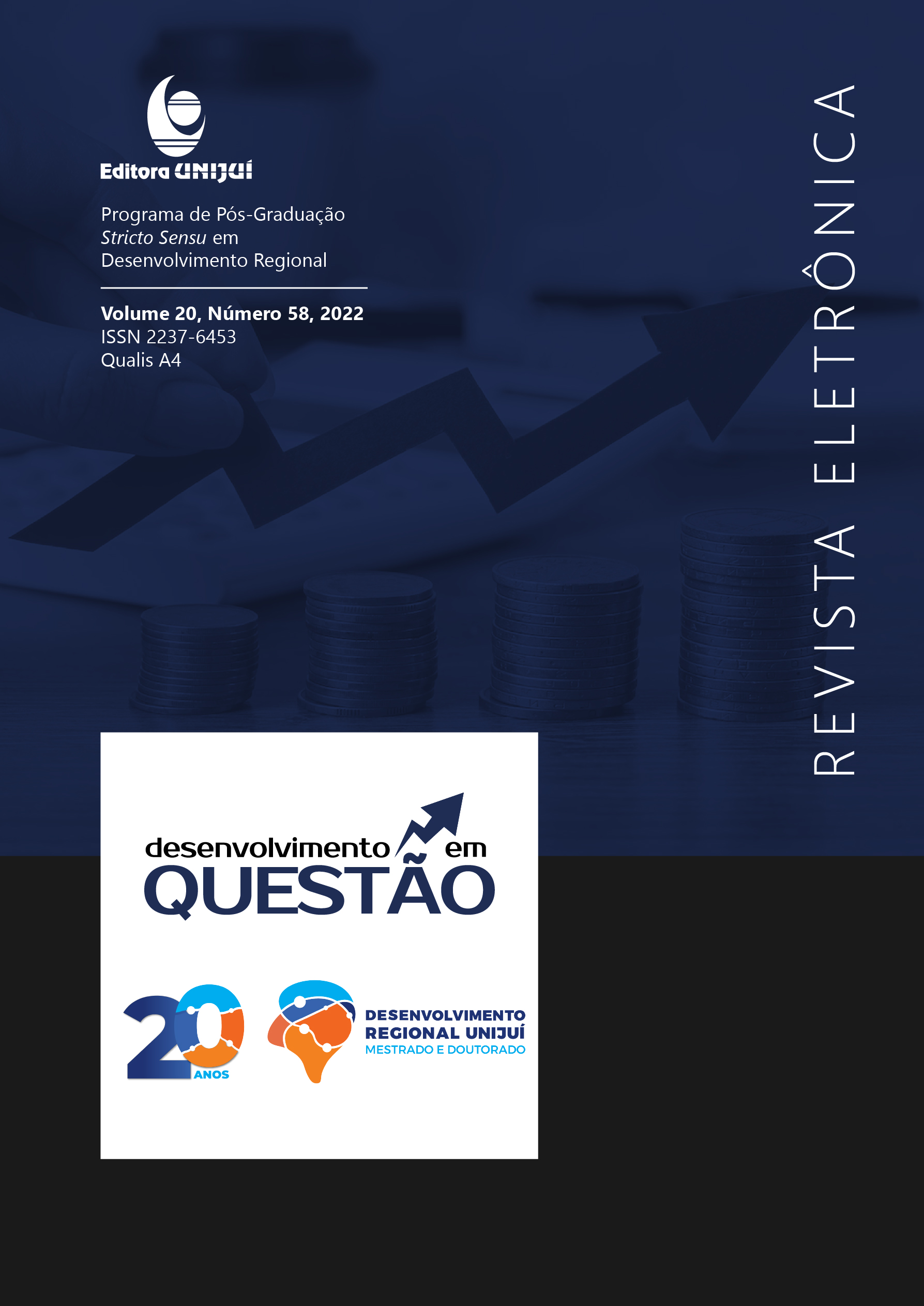Efficiency in Brazilian Federal Universities: a study with Data Envelopment Analysis (DEA)
DOI:
https://doi.org/10.21527/2237-6453.2022.58.12286Palabras clave:
Data Envelopment Analysis. Technical Efficiency. Productivity. Federal Universities.Resumen
This paper aimed to analyze the level of technical efficiency of Brazilian federal universities, from 2012 to 2018, using the Data Envelopment Analysis (DEA) method, with an output-oriented DEA BCC model. Four management indicators instituted by TCU were used as inputs and two quality indicators, as outputs. For that, a sample of 56 federal universities was used. Considering the standard efficiency scores, the results indicated high levels of technical efficiency during the years under analysis. The average technical efficiency of federal universities was 93.7% in 2012, with 17 efficient universities, and 94.5% in 2018, with 18 efficient universities. The years 2015 and 2016 stood out, with 28 and 27 efficient universities respectively, whose national averages were 96.1%. However, due to the benevolence of the BCC model with very small or very large units, some universities may have been considered efficient by default. From 2012 to 2018, the Malmquist Index indicated an increase in the productivity of universities by 2.2%, which occurred in a greater proportion due to the catch-up effect (1.8%) and in a lower proportion by the frontier shift effect (0.4%). In addition, the increase of 1.8% in relative efficiency occurred in a greater proportion due to the increase in pure technical efficiency (1.1%) and in a lower proportion due to the increase in scale efficiency (0.7%). Yet, despite the increase in productivity, there is still room to achieve better quality results and to improvements in the management of resources, in order to reduce waste.
Descargas
Publicado
Cómo citar
Número
Sección
Licencia
Derechos de autor 2022 Desenvolvimento em Questão

Esta obra está bajo una licencia internacional Creative Commons Atribución 4.0.
Ao publicar na Revista Desenvolvimento em Questão, os autores concordam com os seguintes termos:
Os trabalhos seguem a licença Creative Commons Atribuição 4.0 Internacional (CC BY 4.0), que permite:
Compartilhar — copiar e redistribuir o material em qualquer meio ou formato;
Adaptar — remixar, transformar e criar a partir do material para qualquer fim, inclusive comercial.
Essas permissões são irrevogáveis, desde que respeitados os seguintes termos:
Atribuição — Atribuição — os autores devem ser devidamente creditados, com link para a licença e indicação de eventuais alterações realizadas.
Sem restrições adicionais — não podem ser aplicadas condições legais ou tecnológicas que restrinjam o uso permitido pela licença.
Avisos:
A licença não se aplica a elementos em domínio público ou cobertos por exceções legais.
A licença não garante todos os direitos necessários para usos específicos (ex.: direitos de imagem, privacidade ou morais).
A revista não se responsabiliza pelas opiniões expressas nos artigos, que são de exclusiva responsabilidade dos autores. O Editor, com o apoio do Comitê Editorial, reserva-se o direito de sugerir ou solicitar modificações quando necessário.
Somente serão aceitos artigos científicos originais, com resultados de pesquisas de interesse que não tenham sido publicados nem submetidos simultaneamente a outro periódico com o mesmo objetivo.
A menção a marcas comerciais ou produtos específicos destina-se apenas à identificação, sem qualquer vínculo promocional por parte dos autores ou da revista.
Contrato de Licença (para artigos publicados a partir de 2025): Os autores mantêm os direitos autorais sobre seu artigo, e concedem a Revista Desenvolvimento em Questão o direito de primeira publicação.











